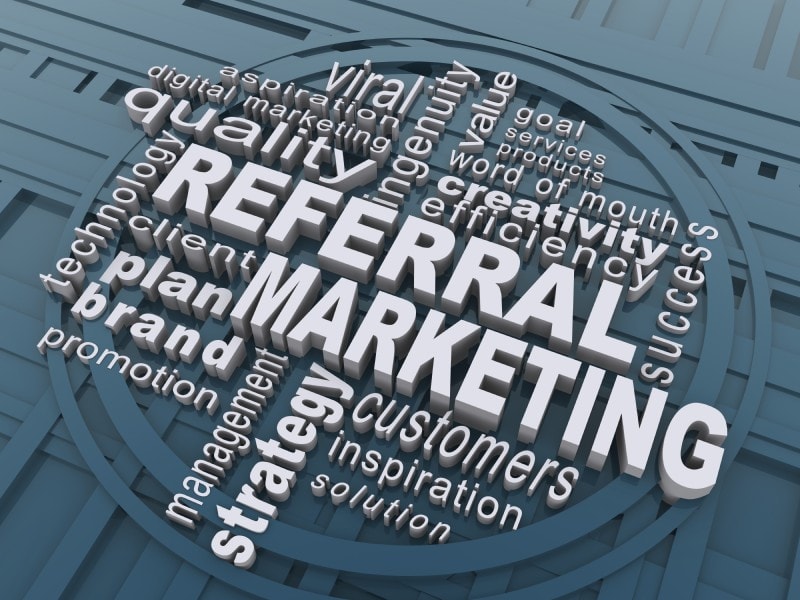Types of advertising strategies

Decide which will be your privileged type and see favorable results as soon as possible:
Content Advertising
Content advertising is one of the marketing strategies that seeks to directly influence consumers through various channels. Its message is direct and clear and seeks to reach the largest number of people.
There is currently a dilemma between whether content advertising and content marketing are the same. Although its characteristics may be similar, the second is less invasive than the other, because for content marketing its focus is to meet the needs of users and then mention the brand in addition.
Inbound Marketing, for example, makes use of this type of advertising through its offer of valuable content; its intention is to give useful information to users, with the aim of guiding them throughout their shopping journey until they reach the final stage and become customers.
The content disseminated by the Inbound strategy is given through blogs, social networks, downloadable materials such as eBooks, working tools such as webinars. The aim is to educate and inform users about products or services, and keep them interested all the time.
Content advertising, on the other hand, is not so specific and its message can be general for all users. There are several types of advertising depending on their content, for example:
Informative Advertising
It focuses on educating users about your brand and the value it will bring to their lives by acquiring something from it. It is usually used in investment products or services, because the main intention is to make the potential client see that their investment will be profitable.
For example, accounting management software addresses decision makers, such as a CEO of a corporate company, to convince them that with any of these solutions the operability of their business will be more effective.
Comparative Advertising
As the concept says, this advertising strategy focuses on comparing your brand with your competitors. The idea is to reinforce the features that give you the most value over them and show consumers that you give them the most benefits.
This type of advertising requires a lot of research, because the data you present must be supported. In addition, you really must comply with all the flattering aspects that make you more special, otherwise your reputation may be damaged.
An example of this was the well-known advertising campaign for the famous Whiskas cat food brand. In their promotions always appeared the legend 8 out of 10 cats prefer Whiskas, with what they were called as the best.
Following this strategy, the competing brand Purina issued a statement in which they pointed out a violation of the law on advertising, as Whiskas refused to provide the relevant authorities with the results of studies that verified this information.
Purina’s intention was to make Whiskas comparative advertising look misleading, as cats are not allowed to express a preference. From this lies the importance of always being sincere in this type of strategies to avoid not only a bad display of your brand, but also possible legal risks.
Emotional content
It is one of the most widely used strategies because its intention is to penetrate users by arousing the emotions of the people who will see the ad. You have the opportunity to create awareness, make viewers smile, remind them of moments of happiness or more through your brand.
The English retail chain Lewis&Partners used this strategy for one of its latest commercials, which was a success. You probably remember at the end of last year when they released an emotional video where Elton John travels through different stages of his life; from the first time he played a piano, to his biggest concerts turned into a world star.

Pull Advertising
The pull strategy consists of an attraction made by the consumers themselves. This happens when a brand is already well positioned in the market and people are looking to know and buy from it. Your tactic is more aimed at the end customer, since it is not necessary to convince someone that the brand is good.
Its purpose is to stay in the mind of the consumer by making presence in all possible media: social networks, television, ads, among others. Similarly, the pull strategy seeks that the consumer identifies with the brand and is loyal to it.
Examples could be many, because just put the name of a recognized brand such as Apple, Dell, MAC or others for a long list of options appear. Their differentiation will rather be the type of ads they use, such as those mentioned above: informative, emotional or comparative.
Push Advertising
Unlike pull advertising, this strategy consists of introducing a new product or service to the market. It is also known as push strategy, because it seeks to be known among consumers to generate sales. Every new company goes through this type of advertising to position itself.
Advertising can appear in different media such as social networks or traditional media; likewise, it makes use of product strategies such as price. Being a new brand they can start their way with consumers by offering a cheaper price for a limited time to attract them.
Push strategy can work hand in hand with content marketing so that a new company can consolidate itself as an expert in its industry. Blogs are an excellent option to show users that you know what you’re talking about, and you have the perfect product or service to help them in their need.
Consumer-Based Advertising
The strategy focuses on the type of people to whom the advertising will be directed. On this depends the type of language used, in which media it will be advertised, in which way is the best to make the message clear, the more. An in-depth analysis of the target audience should be carried out, as their lifestyle, preferences, needs or other aspects concerning them will be taken into account for the success of the campaign.
There are 3 main types of target:
B2B
Business to business is addressed, as the name implies, to companies. The ideal is to approach a product or service that is of interest to a company such as management software or equipment or machinery.
The message must be very clear and must highlight both the values and benefits of the brand for the company to lean to it.
LinkedIn is one of the ideal media for this type of advertising, because here are most of the company and its directors. The usual ways to advertise can be through text ads, sponsored content, dynamic ads and sponsored in mail messages.
B2C
Business to consumers is basically all sorts of advertising that can be known. Advertising and marketing strategies work every day on this target, trying to attract them to increase sales of their brands.
If you check your social networks, if you are walking down the street or if you are watching television you will surely find B2C strategies all the time.
C2C
The consumer to consumer strategy is given among the audience itself. In what way? Nowadays social networks play an important role for this type of advertising, since Facebook or Instagram users have found the ideal space to sell their products.
Surely you know someone (or maybe you yourself) who belongs to a sales group on Facebook where constantly all kinds of users offer various products or services. Your advantage? It’s free. Your disadvantage? It is not so reliable, because there are no guarantees of a brand that supports them.

